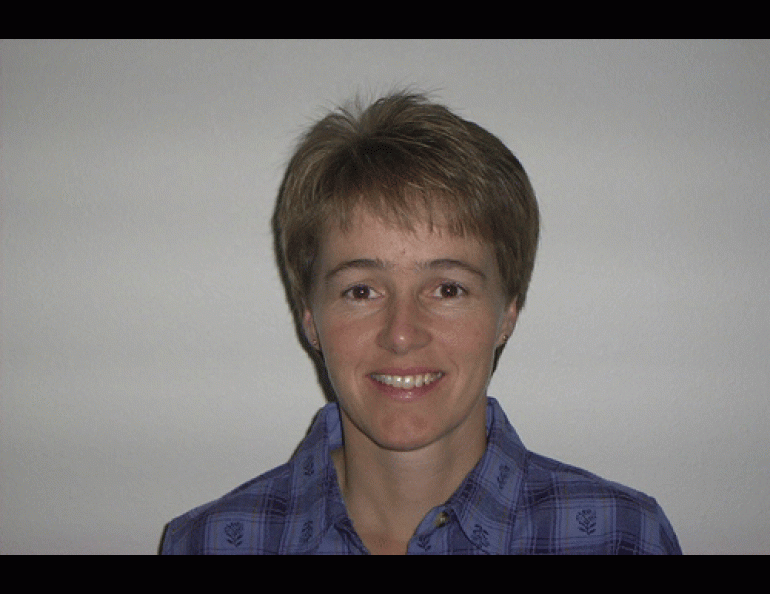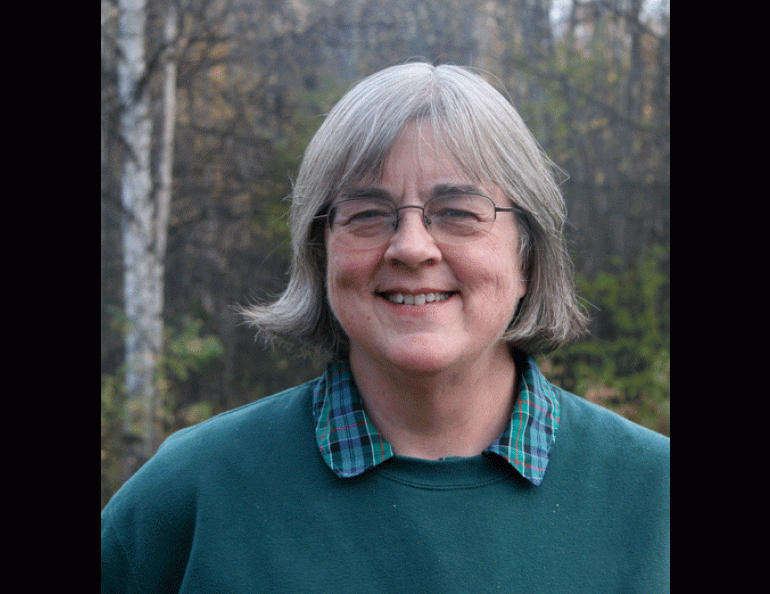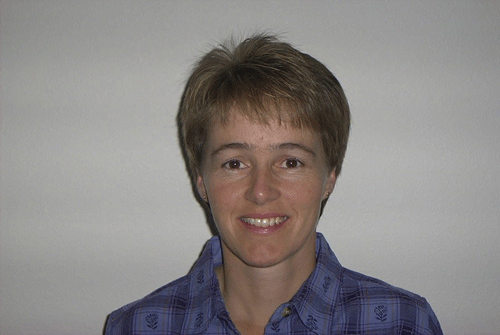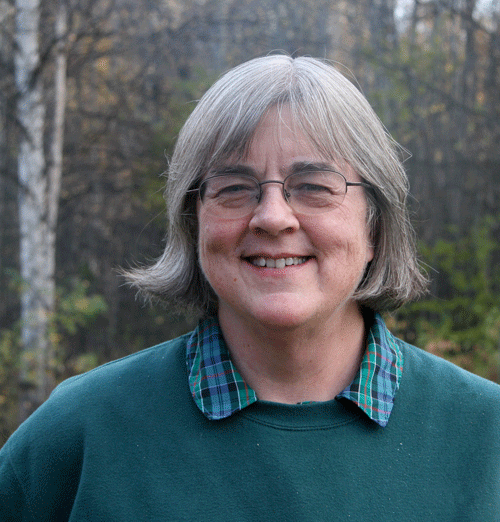

Women in science on being women in science (Part 2)
To mark Women’s History Month, I sent a questionnaire to a few Alaska women scientists who have excelled at their craft for a few decades. Last week I featured Nettie LaBelle-Hamer and Joan Braddock.
What follows are edited responses of two more Alaska women scientists — Pat Holloway, a horticulturist at the University of Alaska Fairbanks’ Georgeson Botanical Garden, and Tina Neal of the Alaska Volcano Observatory in Anchorage. Holloway earned her doctorate in 1982 and has since taught classes, conducted research and has helped jump-start the specialty cut flower industry in Alaska. Neal is a volcano geologist who got her first full-time job with the U.S. Geological Survey’s Hawaiian Volcano Observatory in 1983. Her work as a hazard specialist has taken her from Alaska to Nepal to Kazakhstan.
Were there more hurdles for you to clear in science because you were a woman?
TN: Very few, but I think I have been quite fortunate to have had very supportive teachers, supervisors and coworkers throughout my career. I was never discouraged from doing anything because of my gender (except being told I could not be a golf caddy). Early on, there were minor confrontations with inappropriate behavior in the workplace and, in one instance, a well-meaning attempt at chivalry (slinging a portable toilet by helicopter to an eruption site for me) that I nixed.
At sea for a month in the mid-80s, I had to deal with annoying harassment that was completely gender-based, but at least I was allowed on the vessel! My cabin-mate, a world-renowned senior scientist, remembered a time early in her career when women were not allowed on research vessels, period.
PH: As an undergraduate biology student, I had an opportunity to apply for a job working in the biology research greenhouse. It was my dream job at the time but I didn’t get it, because the professor felt I was not capable of picking up a 50-pound bag of fertilizer. I never thought about gender differences until that day.
My biggest hurdle was financing. Most horticulture undergraduates in the 1970s and ‘80s were women, but women were not expected to go beyond a bachelor’s degree. When they did, like me, few research assistantships were offered. I had to work nearly full time in addition to completing my research. I was a teaching assistant, edited an undergraduate newsletter, worked in the bio-medical library, shelved groceries, nearly killed myself harvesting commercial Christmas trees and worked as a postal clerk just to put myself through school.
Has public perception changed about women scientists?
PH: I think a lot has changed for women in horticultural science, and there are many more opportunities simply because women are not always pre-judged by a man looking through a 1970s lens. There is still a giant issue with convincing women to enter a science field. The majority of undergraduates in horticulture programs are women, but they are not encouraged or mentored to continue for higher degrees.
TN: Absolutely and for the better! It is no longer an enormous anomaly. Sally Ride, Mae Jemison, Sylvia Earle, Tanya Atwater, Jane Goodall, these names come to me quickly as those whose prominence and accomplishment has made the image of a woman scientist more mainstream and normal. There are so many more women at all levels compared to 30 years ago that it isn’t a surprise any more to see the media cut away to an interview with a top woman. That is surely true in my agency (USGS).
Have there been hurdles you have faced that a man would not have faced?
TN: I’ve been very fortunate to, by and large, not have to deal with overtly hostile and exclusionary attitudes.
PH: I have encountered everything from pay discrimination to sexist bosses who loved nothing better than to spend the day telling joke after joke about the size of a woman’s body parts. As a student, I just had to grin and bear it. But now, I — and most young women I know in science — wouldn’t hesitate to verbally stop that behavior in its tracks.
What would you tell a girl who is contemplating a career in science?
PH: Complete a bachelor’s degree in a science field, and then get a job. Get a master’s if it will help you advance into a career. Contemplate a Ph.D. only if you work for private industry and it is required to do the job. Science is exciting and interesting given sufficient funding and the time to do it right.
TN: Science allows you to be creative, caring, engaged, thoughtful, aware, relevant, stimulated, helpful. It opens the world — I have had the opportunity to travel many places and learn so much about the diversity of our planet. You can live a variety of lives as a scientist: globe-trotting adventurer, stable rooted mother and wife or partner, or anywhere in between. There are no firm molds you must fit into. You live a long life these days: you can have several careers and science may be only one phase. It will serve you well in all other vocations.
I like to tell young audiences that I want the first astronaut on Mars to be a volcanologist. Thinking about it, the first astronaut to land on Mars could well be a woman; I hope she reads this column!






